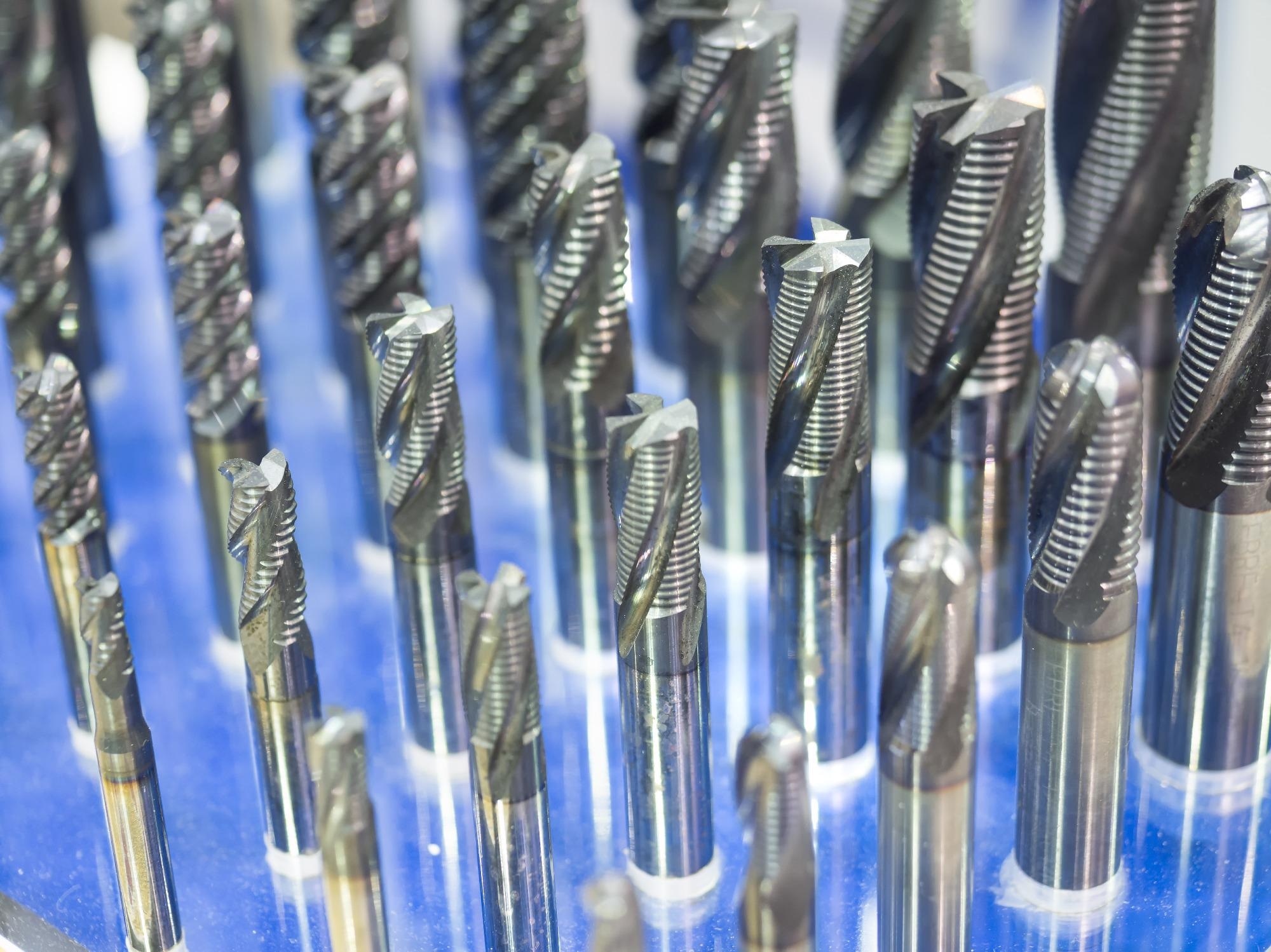
Image Credit: Shutterstock.com/Aumm graphixphoto
Up to 4% of aerospace manufacturing costs are spent on the early replacement of cutting tools. This is despite the fact that these tools are only 50 to 80% into their operational life. With a global market value of $34 billion for cutting tools, there is an opportunity to realize significant cost savings in aerospace manufacturing. 1
The Challenge with Precision Cutting Tools
Many sectors of industry are used to machining parts with sub-millimeter precision. Stepper motors with gear ratios and micro-stepping provide precision control, and sensors ensure that tools are finely balanced. However, industries such as aerospace require even higher degrees of precision, sometimes at the micrometer scale.
In these high-precision applications, machining tools must be monitored constantly and tested for accuracy. This often results in the replacement of tools due to wear-and-tear long before their end-of-life. Extending tool life significantly reduces the costs of manufacturing precision parts.
AI-Powered Sensors to Revolutionize Manufacturing
Artificial intelligence (AI), Big Data and the Internet of Things (IoT) are among the many technologies powering Industry 4.0.
The aerospace industry, in particular, spans many critical activities, including research, manufacturing and maintenance. It relies on highly reliable and accurate processes. Therefore, more than most industries, it is driven to constant improvements which minimize labor costs, reduce errors and improve the reliability of components. AI algorithms, combined with additive manufacturing (3D printing) processes, are enabling the development of lightweight and durable components in aircraft manufacturing.
Artificial intelligence is a technology that helps aerospace companies streamline their manufacturing while addressing safety concerns. Not only that, AI algorithms process vast amounts of data from a range of assets to enable quality control, supply chain management, marketing and other activities.
Accurate and reliable sensors are required for the operation of precision manufacturing tools. “Smart” sensors are collecting enormous amounts of data and providing feedback on the health of the machines, as well as the progress of the machining. Some of these sensors are even incorporated into the machining tools themselves. But, as Dr. Shokrani remarks:
The idea of sensors in cutting tools is not new but these sensor embedded tools lack the sophisticated data analysis and decision-making capability that they truly require.
Dr. Alborz Shokrani, Principal Investigator
For this reason, the team led by Dr. Shokrani at the University of Bath’s Mechanical Engineering Department has been awarded £1.5 million over three years to research and develop precision tools with AI built directly into them. The team will be joined by researchers from the Universities of Nottingham and Sheffield and industrial partners from All British Precision Ltd, GKN Aerospace, Nikken Kosakusho Europe, Renishaw, Sandvik Coromant and TWI Ltd.
It is early days, and the researchers have a long way to go. But, even though some cutting tools already incorporate sensors, none yet provide the prescriptive analytics required for informed decision making.
Existing high precision sensors are either too large or too costly to be useful outside of laboratory applications, and off-the-shelf sensors and data transmission devices are not necessarily suitable for monitoring or controlling machining processes. We aim to create a series of sensors specifically for machining that will help manufacturers improve quality without facing major cost implications.
Dr. Ali Mohammadi, Project Co-investigator
Sensors are critical to the development of Industry 4.0. To control or optimize a machine, manufacturers will need fast, accurate and reliable data at the point of contact where the cutting tool meets the workpiece.
The real value will be derived from these sensors when the data they provide enables manufacturers to control the quality of the parts manufactured and the condition of the tools themselves. Thus, they can minimize machining time, extend tool life and manufacture more complex and challenging parts.
References and Further Reading
University of Bath. (2021) Research to Create New Ultra-Precise Cutting Tools and Sensors for Aircraft Parts Begins. [online] Available at: https://www.bath.ac.uk/announcements/research-to-create-new-ultra-precise-cutting-tools-and-sensors-for-aircraft-parts-begins/
Disclaimer: The views expressed here are those of the author expressed in their private capacity and do not necessarily represent the views of AZoM.com Limited T/A AZoNetwork the owner and operator of this website. This disclaimer forms part of the Terms and conditions of use of this website.